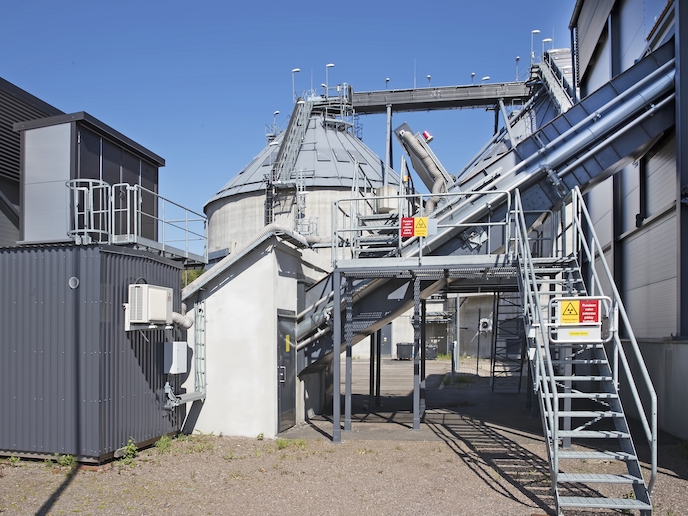Highly efficient conversion of wet and dry biogenic waste into fuels
Transportation fuels are responsible for a large portion of the final energy consumption in Europe. The source of this energy is largely from fossil fuel imports, which is harmful to the environment and Europe’s security. EU policy strives to transition to greener solutions. Proposing such a solution is the EU-funded Heat-To-Fuel project. It set out to deliver the next generation of biofuel production technologies, supporting the decarbonisation of the transportation sector. “Our main objectives were to achieve competitive prices for biofuel technologies, below EUR 1 per litre, while delivering higher fuel qualities and significantly reduced life-cycle greenhouse gas (GHG) emissions,” explains project coordinator Richard Zweiler. This is in addition to the targets of energy production savings by 20 % and enhancing the EU’s energy security, amongst other goals.
Contributing to a circular economy
The project’s objectives were achieved thanks to the integration of novel technologies with innovative activities on design, modelling, development of hardware and processes, testing and life cycle analysis of a fully integrated system in a single machine. “Specifically, using a novel Fischer–Tropsch (FT) milli-structured reactor and aqueous-phase reforming (APR), a highly integrated process has been developed, which is in the position to convert a wide range of biogenic residues into FT products and biocrude,” outlines Zweiler. The process consists of a dry route and a wet route. In the dry route, straw/bark mixtures, for instance, are gasified. The syngas is then converted via the milli-structured reactor into FT products. During the wet route, feedstocks such as lignin are converted through the combination of hydrothermal liquefaction and APR. “Gasification experiments have also been carried out in a series of small- and large-scale process development units. CO2 gasification technology was developed further, and detailed fundamental results on ash agglomeration behaviour have been published,” notes Zweiler. Three different structured FT-reactors have also been developed in the project within an iterative process in close combination with catalyst development. “The development in the project shows that up to 100 % of CO2 can be reused as gasification agent, where a chemical efficiency of 61 % and carbon conversion of 53.5 % can be reached in the full integrated Heat-To-Fuel process,” confirms Zweiler. Using this process, the GHG footprint can be reduced by 70 % compared to the fossil scenario. “The comparison with other biofuel technologies such as gasification plus FT and fermentation showed energy savings in the 44-58 % range,” adds Zweiler.
Supporting local economies with the Heat-To-Fuel biorefinery
The installation of a biorefinery plant using the project’s process will create synergistic business opportunities in other sectors, hence fostering economic development at the local and regional levels, driven by an efficient and conscious use of local resources. Looking towards the future, Zweiler confirms: “All partners are committed to contributing to further activities. Consortium members have already scheduled participation in Horizon Europe clustering activities and workshops organised by other Horizon projects.” At the end of the project, 18 active members from industry, investors and associations have continued promoting the project’s technology further. “One dedicated goal is to find funding for increasing the TRL to demonstration phase, which should allow fast uptake from the industry and implementation of the project’s technology into biorefineries and industry,” concludes Zweiler.
Keywords
Heat-To-Fuel, biofuel, gasification, FT, Fischer–Tropsch, APR, aqueous-phase reforming, decarbonisation, transport sector, circular economy, HTL, hydrothermal liquefaction, milli-structured reactor







